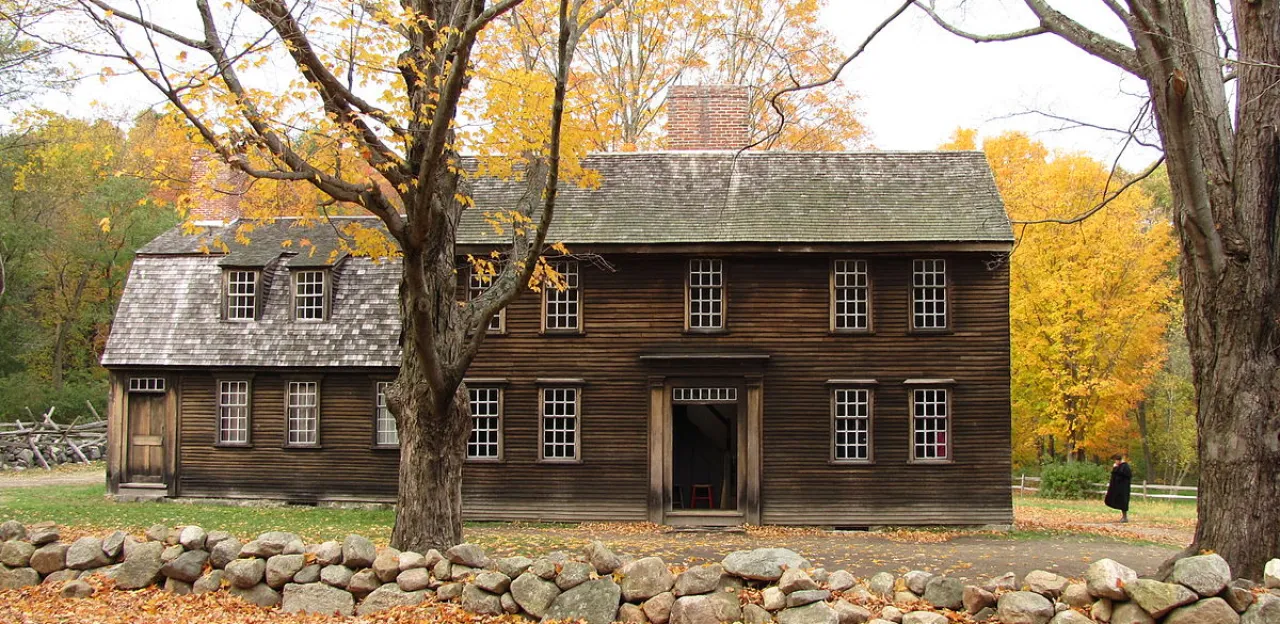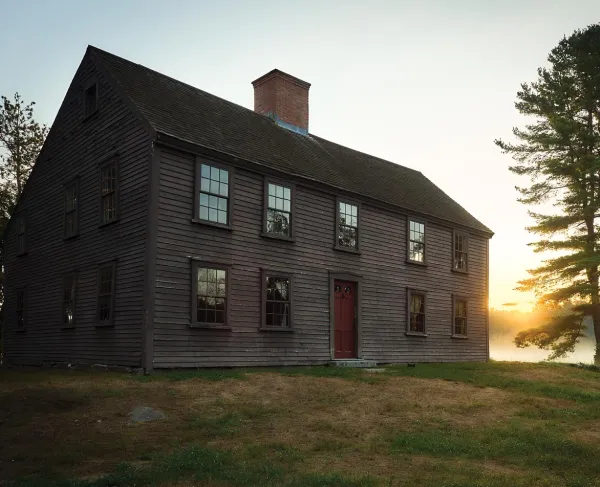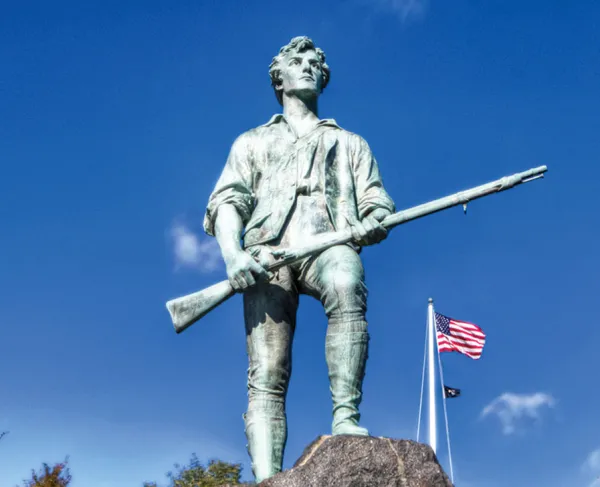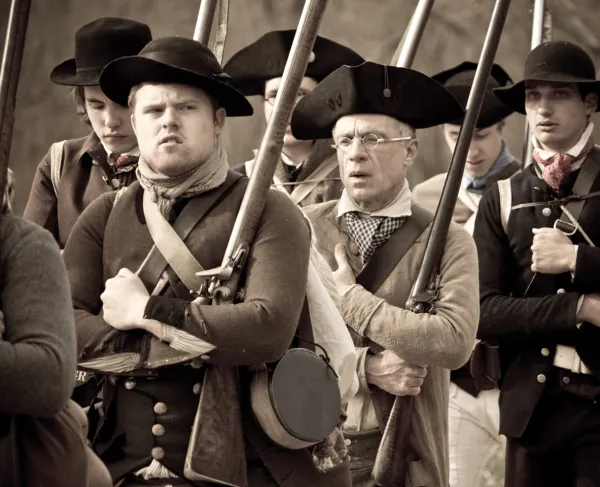Hartwell Tavern
Today in Lincoln, Massachusetts, along the Battle Road in Minuteman National Historical Park, is a small wood frame structure that bore witness to the bloody events of April 19, 1775. Known as the Hartwell Tavern, the structure served as the home of Ephraim and Elizabeth Hartwell as well as a tavern for travelers between Boston and Concord.
Built circa 1732, the Hartwell Tavern was a wedding gift from Samuel Hartwell to his son and daughter-in-law Ephraim and Elizabeth. In 1756, the Hartwell's applied for a license to use their home as a tavern. The house was a busy place, since the Hartwell's had nine children in the home at the time. Like many of the farmers in the region, they used enslaved labor to manage the house and tavern operations. The tavern sat on the busy Bay Road, subsequently known as the Battle Road after the Battles of Lexington and Concord, which connected Concord, Lincoln, Lexington, and other communities to the port of Boston. Today it exists partially as Massachusetts 2A and Massachusetts Avenue, with historic segments preserved in Minute Man National Historical Park.
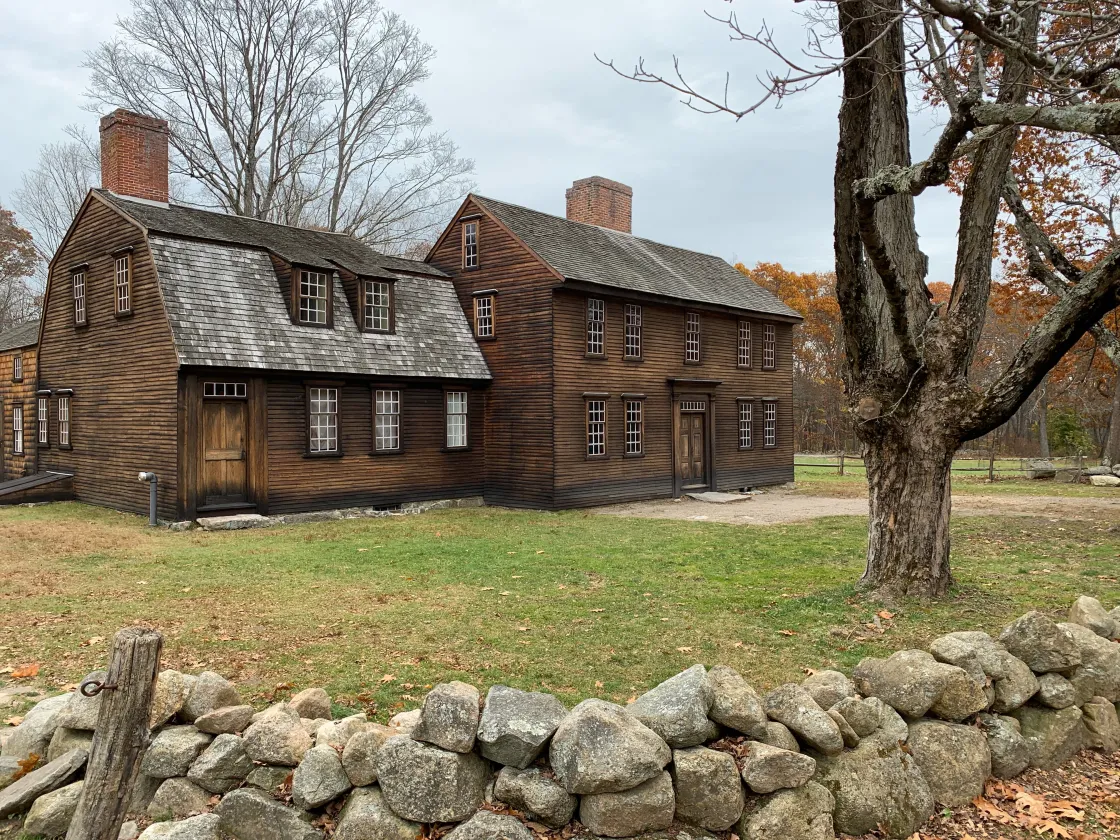
The lives of the Hartwell's and others in Lincoln changed forever on April 19, 1775. A column of British infantry left Boston late on April 18, heading for Concord to seize arms and supplies held by Whig leaders. Before the British Regulars could get out on the road to Concord, Paul Revere and William Dawes snuck out of Boston and sounded the alarm in the local towns. Revere took a northern route through Charlestown, and Dawes worked his way south across Boston Neck. Both men met in Lexington to inform Whig leaders Samuel Adams and John Hancock about the advancing British troops. Soon after, they continued westward towards Concord.
Also with Revere and Dawes was Samuel Prescott, who was traveling from Lexington to Concord along the Bay Road. Prescott convinced Revere and Dawes to allow him to join their effort in alarming the countryside to the advance of the British regulars. Just east of the Hartwell farm, a British patrol captured the three men. As the British patrol were interrogating the men, Prescott was able to escape the British patrol by jumping his horse over a stone wall, galloping westward through the woods. As Prescott approached the Hartwell Tavern, he woke Ephraim and provided him information on the approaching British Regulars. Hartwell sent an enslaved girl named “Violet” to spread the word to his son at a nearby farm. Soon Captain William Smith was alerted to the alarm and called out the Lincoln minute men (who would later participate in the Battle of North Bridge). After leaving the Hartwell Tavern, Prescott continued on to Concord spreading the alarm. Revere and Dawes were finally released near Lexington.
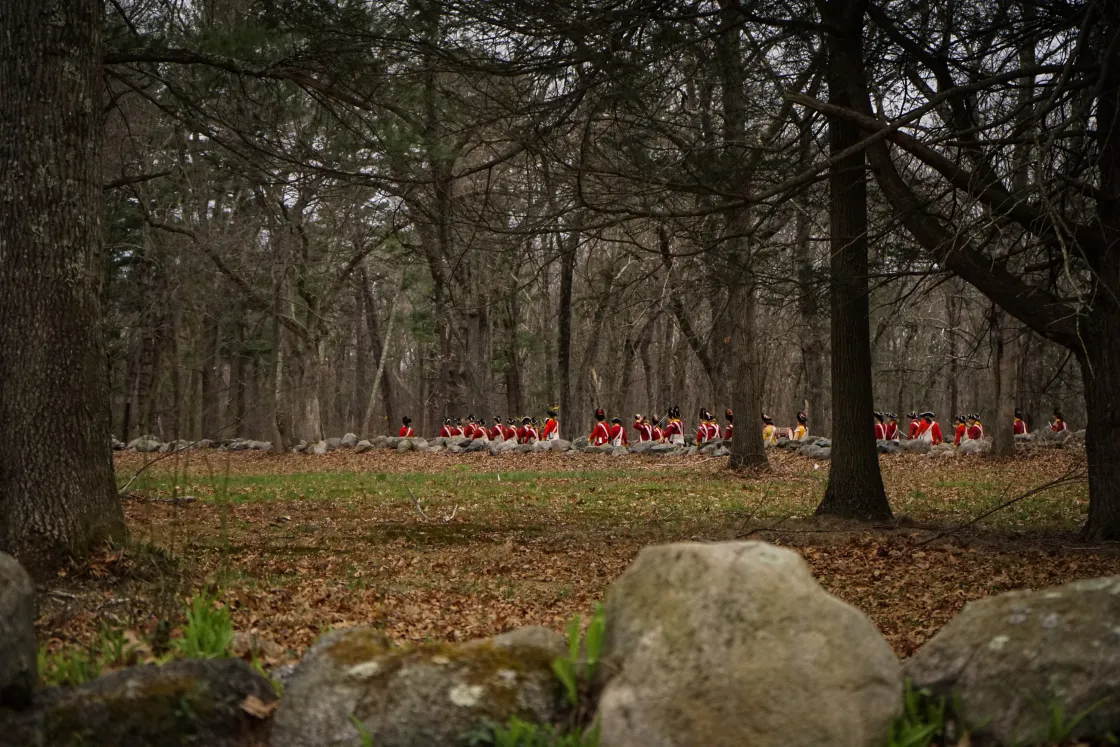
After the British Regulars cleared the skirmish at Lexington and marched by the Hartwell Tavern on their way to Concord, the entire countryside was alerted to the British march and the bloodshed at Lexington. That afternoon, as the British began their return march to Boston, they immediately began to encounter militia and minute men companies along the road. Many of these units would use the trees, fences, and stone walls as positions to fire on the regulars. This fighting extended all along the Bay Road back to Charlestown, and soon the Hartwell Tavern and farm were swarming with both Massachusetts and British forces. There is no record of the tavern being used by either side during the battle. Three Hartwell sons fought that day with the Lincoln Minute Men and could very well have taken part in the action on their farm along the Bay Road that afternoon.
After April 19, the Hartwell's carried on their tavern business and small farm, and their three sons continued to serve in the war. The Hartwell Tavern was purchased in the 1960’s by the National Park Service for inclusion in Minute Man National Historical Park (established in 1959). It was restored in the 1980s to its 1775 appearance (while leaving the historic 19th century additions). Interpretation focuses on the events of April 19, 1775 and the Hartwell family after the fighting along the Battle Road. The building hosts tours and living history programs on a regular basis.
Related Battles
93
300

